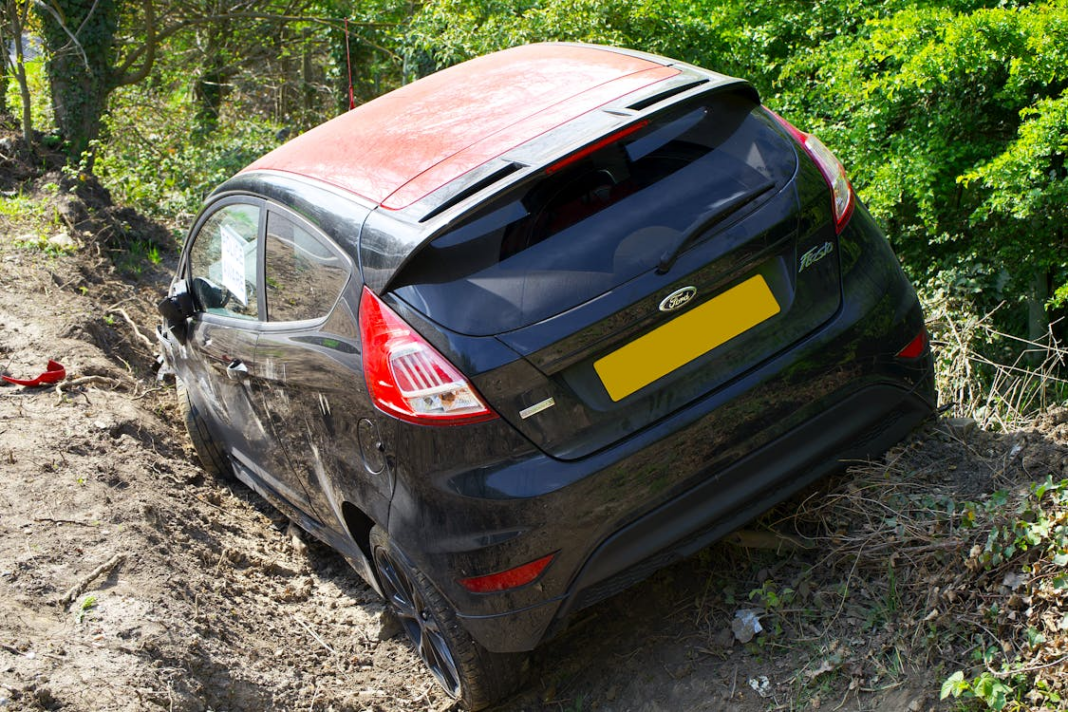What are the Environmental Impacts of DUIs?
Driving under the influence (DUI) not only poses a severe threat to human life but also leaves a significant and often overlooked impact on the environment. While the legal consequences of DUIs are widely discussed, the environmental repercussions deserve equal attention. Understanding this broader impact can further highlight the importance of responsible driving and stringent DUI laws.
Immediate Environmental Damage from DUI Accidents
When a DUI accident occurs, the immediate focus is often on the human casualties and legal ramifications. However, the environment often bears the brunt of these accidents as well. Collisions involving vehicles can lead to fuel spills, which seep into the soil and contaminate water supplies. The toxic chemicals from gasoline and oil can kill plant life and harm local wildlife. For instance, a single gallon of gasoline can pollute up to 750,000 gallons of water, demonstrating the severe consequences of even a small spill.
Air Pollution and Emissions
The environmental impact of DUIs extends to air pollution. Accidents often lead to traffic jams, which result in increased vehicle emissions. Idling cars emit more carbon dioxide and other harmful pollutants, contributing to poor air quality. Moreover, the damaged vehicles themselves release pollutants into the atmosphere, especially if they catch fire. The cleanup process following accidents also involves the use of heavy machinery, further adding to emissions.
Habitat Destruction
DUI accidents that occur in rural or suburban areas can lead to significant habitat destruction. A car veering off the road can destroy green spaces, flatten vegetation, and even kill animals. The disruption of natural habitats can have long-term effects on local ecosystems, affecting biodiversity and the health of the environment.
Having said that, if you unfortunately crash into a farm, garden, or private property in Illinois, we recommend hiring a reputable Peoria DUI Lawyer to put the facts together, build a strong argument, gather witness statements, and turn the tides in your favor.
Resource Use in Accident Response and Cleanup
Responding to DUI accidents requires considerable resources. Emergency services, including police, firefighters, and medical personnel, consume fuel and other resources to reach the accident site. Additionally, cleaning up after an accident involves removing debris, which may include hazardous materials that need special disposal methods to avoid further environmental harm. The extraction and processing of these materials can be resource-intensive and contribute to environmental degradation.
Long-Term Environmental Costs
The aftermath of DUI accidents includes repairing damaged infrastructure such as guardrails, signposts, and roadways. These repairs often require materials like concrete and steel, whose production is energy-intensive and pollutes the environment. Additionally, the production of new vehicles to replace totaled ones involves significant resource extraction, energy use, and emissions.
In conclusion, the environmental impact of DUIs extends far beyond the immediate legal and human consequences. By recognizing and addressing these impacts, we can work towards creating a safer and more sustainable environment for all. The next time you or someone you know considers getting behind the wheel after drinking, remember that the stakes are higher than just a legal penalty. The environment and future generations are counting on responsible decisions. If you enjoyed this article and would like to read more, click here.
